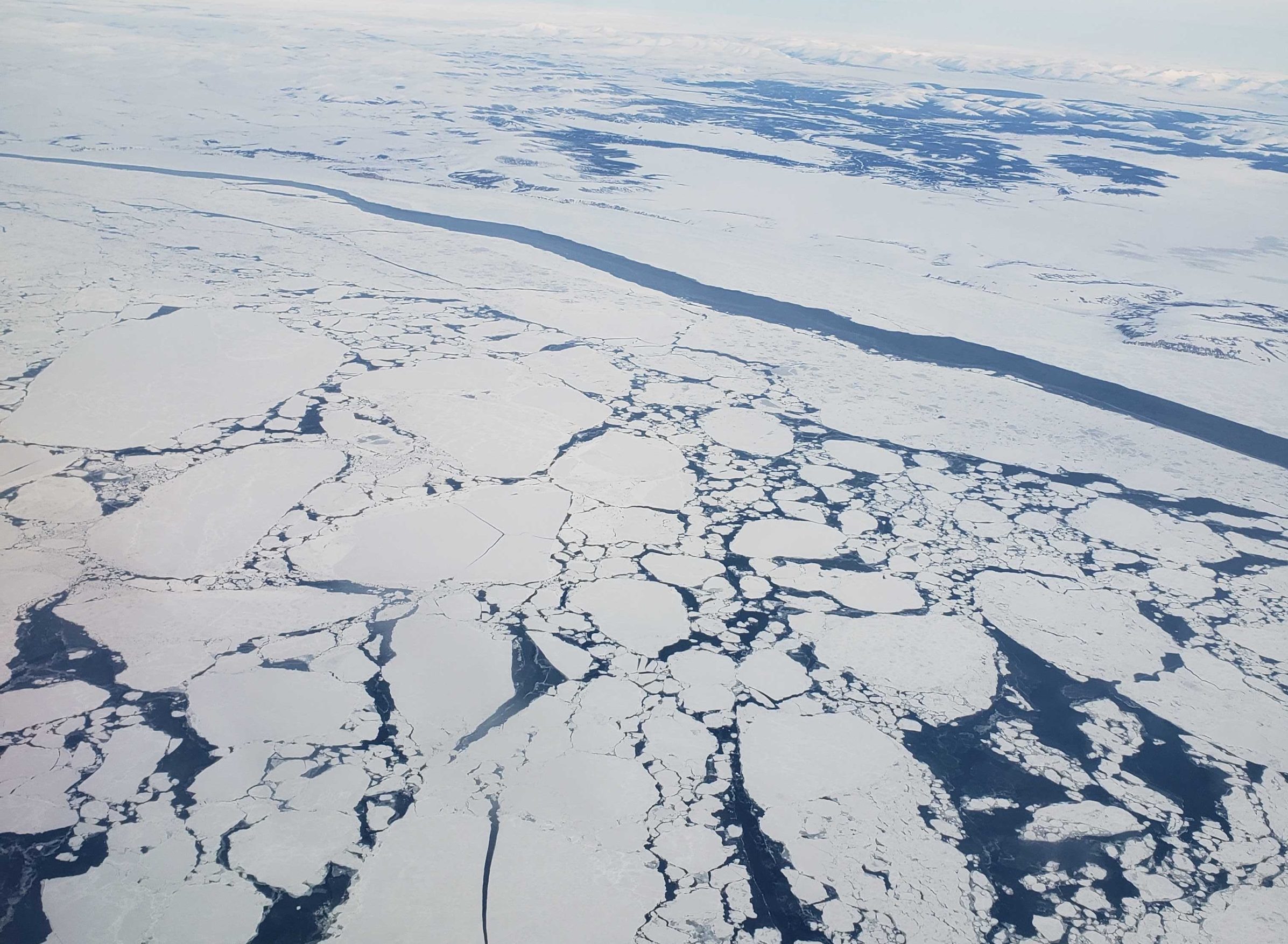A look at the topic of weather in the Bering Strait region, with a special emphasis on sea ice, was the item of discussion during a recent installment of the Strait Science lecture series, sponsored by the University of Alaska Fairbanks Northwest Campus.
The discussion featured Alaska Climate Specialist Rick Thoman of the University of Alaska Fairbanks. He has been generating and studying climate models for Alaska communities for years.
He said Western Alaska never fails to surprise him when it comes to weather.
“Weather in Nome matters, but what’s happening in communities all around Western Alaska matters a lot to Nome,” Thoman said. “It has the advantage of being a hub community that has a long climate record, but that shouldn’t make us lose sight of the fact that we got a whole lot of communities in very different environments in this region. That’s one of the things I love about western Alaska, the environment is so varied over very short distances.”
In 2022, Thoman related that the maximum arctic sea ice extent for the 2021-22 winter was reached on Feb. 25. That was very early in the season for the annual max to occur, as the average is March 12, according to Thoman.
The winter solstice last year, which fell on Dec. 21, was also quite revealing, he added.
“Something I certainly thought I would never say, a winter solstice in Nome, just ice-free seas from the beach. And that was followed, you might remember, Christmas morning with strong north winds continuing and we had the lowest observed ocean level on the known tide gauge, almost six feet below the mean low lower water. That was the lowest observed sea level since that gauge was installed in the late ’80s,” Thoman said.
Claudia Ihl is an associate professor at the University of Alaska’s Northwest Campus in Nome, where she teaches and conducts research as a faculty member. She commented during the lecture on how her research has revealed a troubling fact about our Nome’s local musk oxen population.
“I research musk oxen and one of the fascinating aspects of this winter was that, because of the extreme iciness of the snow, they changed the way they forage,” Ihl said. “They can’t forage in the spaces they usually go to because it’s too icy.”
Current sea ice information from the Alaska Sea Ice Program can be found on the National Weather Service website.
Image at top: Sea ice in Norton Sound. Photo by Davis Hovey, KNOM.





